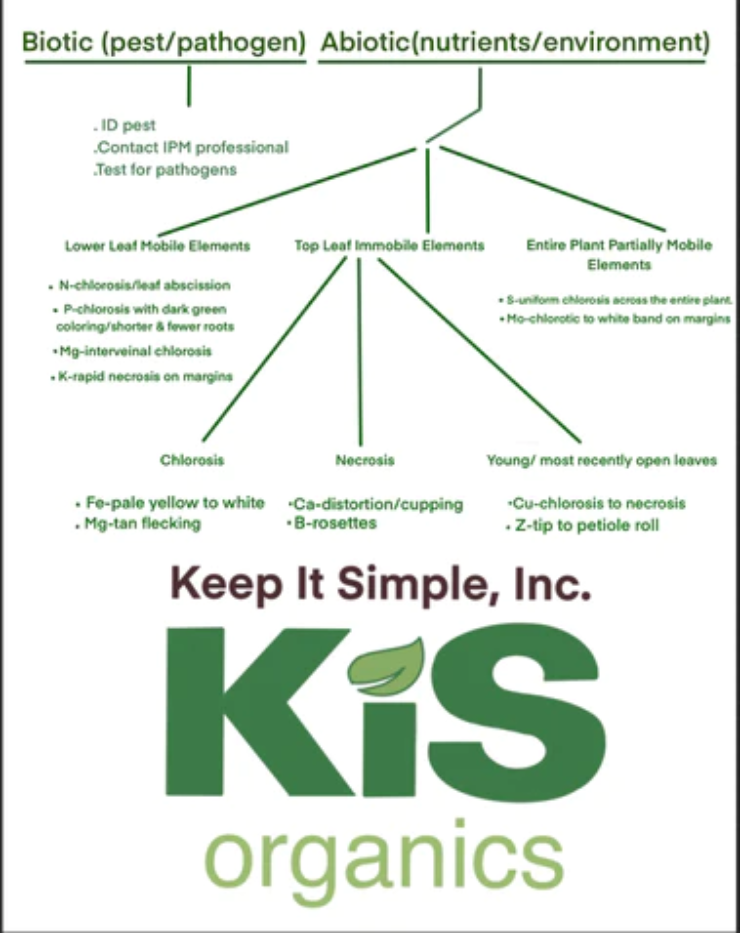troutman
Seed Whore
Hey,
I swear every grow I see something new. New lights, soils and nutrients sure have a learning curve.
Debating getting rid of LED's and going back to MH and T-5 fluorescents since those lights were
more grower friendly. Every Cannabis strain or Landrace seem to behave differently with LED's.
Anyways, anyone know for sure what kind of Cannabis HIV this plant has?
My guess is a crazy Calcium deficiency.
Cannabis HIV

I swear every grow I see something new. New lights, soils and nutrients sure have a learning curve.
Debating getting rid of LED's and going back to MH and T-5 fluorescents since those lights were
more grower friendly. Every Cannabis strain or Landrace seem to behave differently with LED's.
Anyways, anyone know for sure what kind of Cannabis HIV this plant has?
My guess is a crazy Calcium deficiency.
Cannabis HIV





